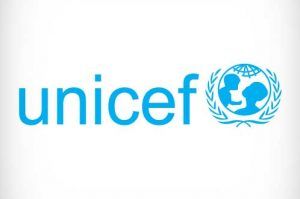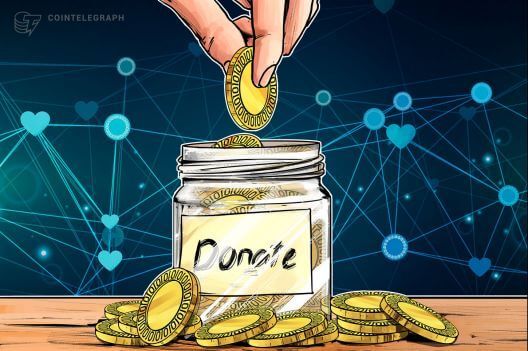

The United Nations Children’s Fund (French Division) has announced it will now be accepting donations in Stellar Lumens XLM and Ripple XRP. UNICEF has been a notable adopter of digital currencies. This use case is further confirmation that decentralized global currencies, as a concept, can have beneficial applications observable by all, especially for those who buy XLM and XRP.
UNICEF and GameChaingers
UNICEF has already proven cryptocurrency’s effectiveness for fundraising. In UNICEF’s earlier “GameChaingers” initiative, global users were urged to use their space computer resources mining Ethereum. Profits from the venture were used to pay for UNICEF work in Syria. The charitable drive was the first of its kind, highlighting Ethereum’s potential as a currency, a decentralized technology ecosystem, and a political banner.
UNICEF France’s History of Crypto Donations
Ripple XRP and Stellar Lumens XLM are not the first cryptocurrencies used to donate to UNICEF. The French wing of the global charity also accepts donations in Bitcoin, Bitcoin Cash, Litecoin, Monero, DASH, and EOS. With the exception of EOS, donators can opt to mine for any of these other digital coins, just as they did during the GameChaingers campaign.
More Good News for Ripple and Stellar Lumens
This news comes on the tale of a great week for both Ripple and Stellar. Ripple jumped more than 100% over the past week, as the company prepares to launch XRapid. The new service is expected to enjoy immediate institutional adoption upon release. The market was also reacting to news that the Coil app would introduce Ripple tipping to Wikipedia, Twitch, and Youtube.
Finally, a new partnership with PNC bank makes RippleNet the service an incontrovertible hit. The news rush saw Ripple briefly surpass Ethereum as the #2 world cryptocurrency, in market cap. Ripple has receded somewhat since then, but a long-term “flippening” between XRP and ETH is not impossible to imagine at this point.
Stellar’s latest round of positive news (the formation of Interstellar) is slightly farther back, but XLM still appears to have benefited from XRP’s moonshot. The two projects are still similar in their genesis and function, and closely associated in the minds of investors. What benefits the one tends to boost the other. Stellar briefly overtook EOS this weekend as the world’s 5th most valuable cryptocurrency.

Currency First, Smart Contracts Second
Ripple and Stellar’s buoyancy in today’s market, relative to smart contract platforms like Ethereum and EOS, speaks to the differences between these protocols. While both Ripple and Ethereum can be used as money, this is Ripple’s primary use case. Ethereum’s purpose is much more varied. As a result, Ripple is faster and more affordable – making it more immediately useful to enterprises. Meanwhile, Ethereum’s scaling issues have been an impediment in a market that may be softening after months of ice-cold price again.
Stellar Lumens continues to promote its promise for smart contracts and ICOs, but it too is a currency first and foremost. As Bitcoin also struggles to meaningfully scale, Ripple and Stellar have a significant opportunity to flex their muscles. Word is spreading that Bitcoin isn’t the only game in town when it comes to decentralized digital currency. For UNICEF, XRP and XLM may work just as well, or better.
Featured image source: Flickr

